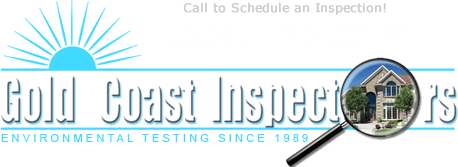Mold is a common yet serious problem that can compromise indoor air quality and pose health risks to occupants. Whether it’s visible growth on walls or hidden spores in ventilation systems, mold can cause respiratory issues, allergies, and even structural damage. Understanding how to remediate and prevent mold is crucial for maintaining a safe and healthy environment. This guide explores effective mold remediation methods and best practices for preventing future growth.
Understanding Mold Growth
Mold thrives in damp, humid environments and can spread quickly on organic materials such as wood, drywall, and carpets. The most common causes of mold growth include:
- Excess Moisture: Leaks, floods, and high humidity create the perfect conditions for mold to thrive.
- Poor Ventilation: Inadequate airflow can lead to moisture buildup in bathrooms, kitchens, and basements.
- Condensation: Temperature variations can cause condensation on windows, pipes, and walls, promoting mold growth.
- Water Damage: Unresolved water damage from leaks or floods can provide a breeding ground for mold colonies.
Steps for Mold Remediation
If you discover mold in your home or business, it’s essential to act quickly to prevent further spread. Follow these steps for effective mold remediation:
1. Identify the Source
Before removing mold, find and eliminate the source of moisture. Inspect areas prone to leaks, such as roofs, plumbing, and HVAC systems. Fix any water damage before proceeding with remediation.
2. Contain the Affected Area
To prevent mold spores from spreading, seal off the contaminated area. Use plastic sheeting and duct tape to cover doorways and vents. If necessary, use negative air pressure with HEPA filtration to control airborne spores.
3. Remove Contaminated Materials
Porous materials such as drywall, carpeting, and insulation that are heavily contaminated should be safely discarded. Non-porous surfaces, like glass and metal, can be cleaned and disinfected.
4. Clean and Disinfect
Use EPA-approved mold removal solutions or a mixture of water and detergent to scrub surfaces. Affected areas should be thoroughly dried after cleaning. Avoid using bleach on porous surfaces, as it may not completely kill mold roots.
5. Dry and Dehumidify
After remediation, ensure the area is completely dry to prevent mold from returning. Use dehumidifiers, fans, and proper ventilation to maintain a dry environment.
6. Conduct a Final Inspection
Once remediation is complete, inspect the area to ensure no mold remains. Consider hiring a professional mold inspector to verify that the issue has been resolved.
Mold Prevention Tips
Preventing mold growth is easier and more cost-effective than remediation. Follow these best practices to keep your property mold-free:
- Control Humidity Levels: Keep indoor humidity below 60% using dehumidifiers and air conditioners.
- Improve Ventilation: Ensure proper airflow in bathrooms, kitchens, and laundry areas.
- Fix Leaks Promptly: Inspect plumbing, roofs, and basements for leaks and repair them immediately.
- Use Mold-Resistant Products: When renovating, opt for mold-resistant drywall, paints, and insulation.
- Regular Inspections: Schedule periodic mold and air quality inspections to catch early signs of growth.
Professional Mold Inspection and Remediation
While minor mold issues can be handled with DIY methods, significant mold infestations require professional remediation. Certified mold inspectors can identify hidden mold, assess air quality, and recommend effective solutions tailored to your property.
Gold Coast Inspectors: Your Trusted Mold Inspection Experts
At Gold Coast Inspectors, we specialize in professional mold inspections and air quality testing. Our experts use advanced technology to detect mold growth and moisture problems before they become serious. Whether you need a thorough inspection or expert guidance on mold prevention, we are here to help. Contact us today to schedule an inspection and ensure a healthy indoor environment.







